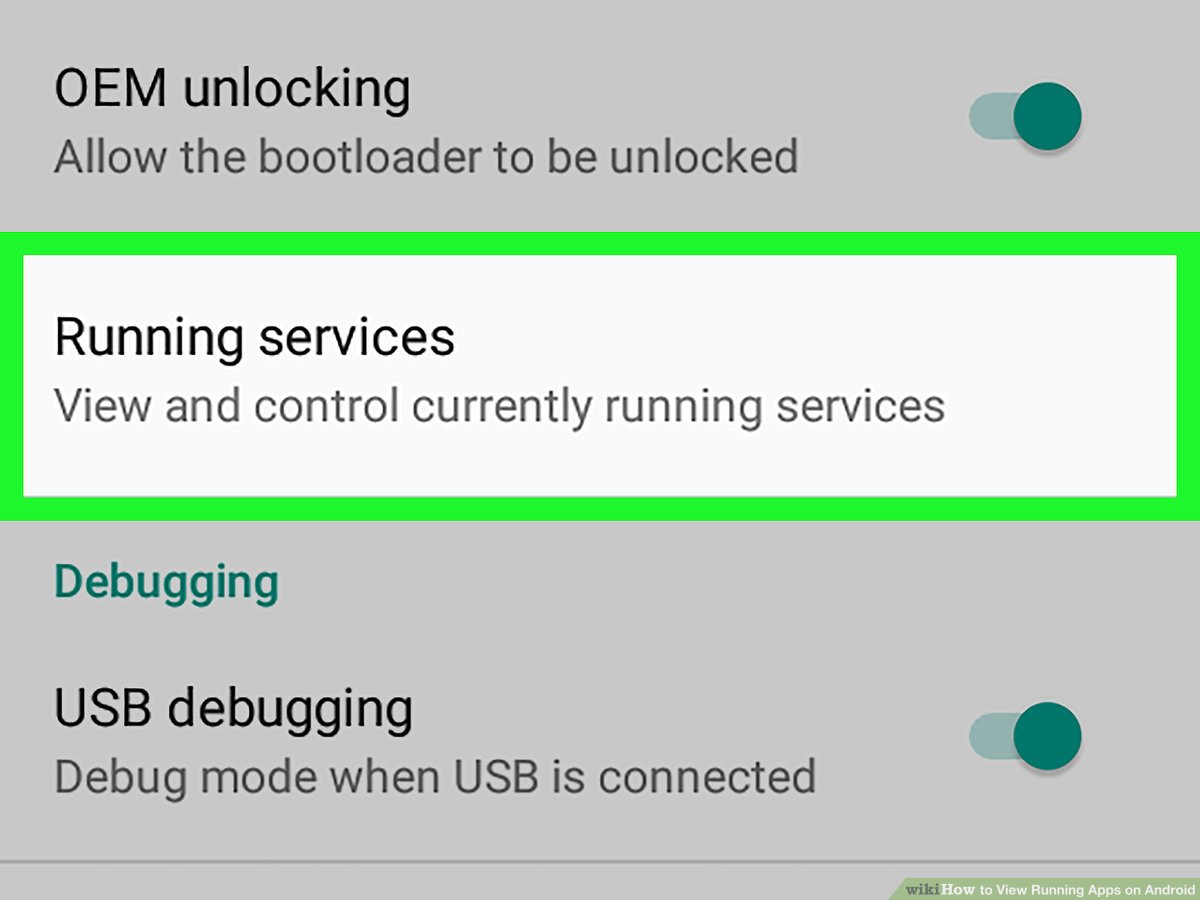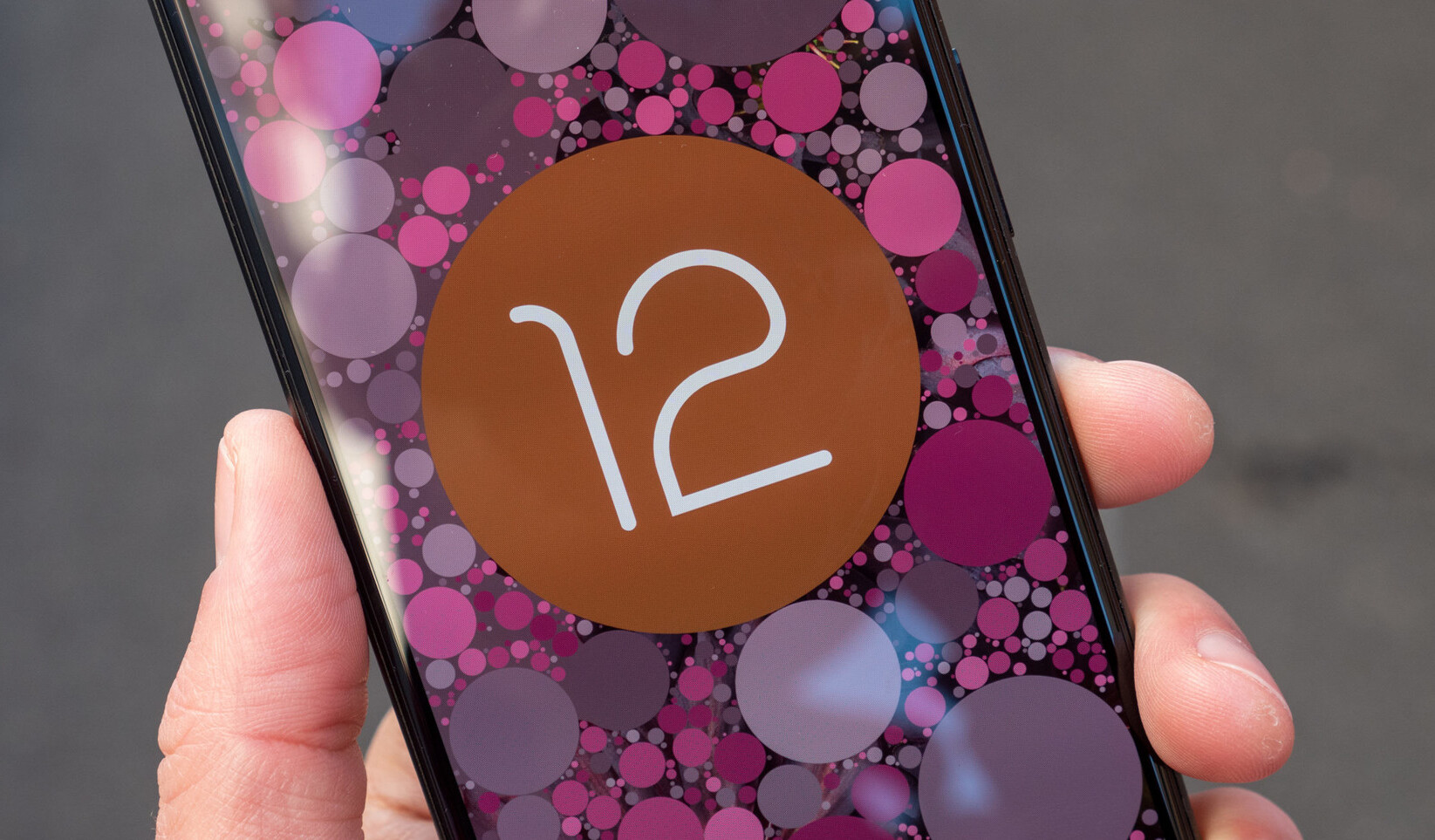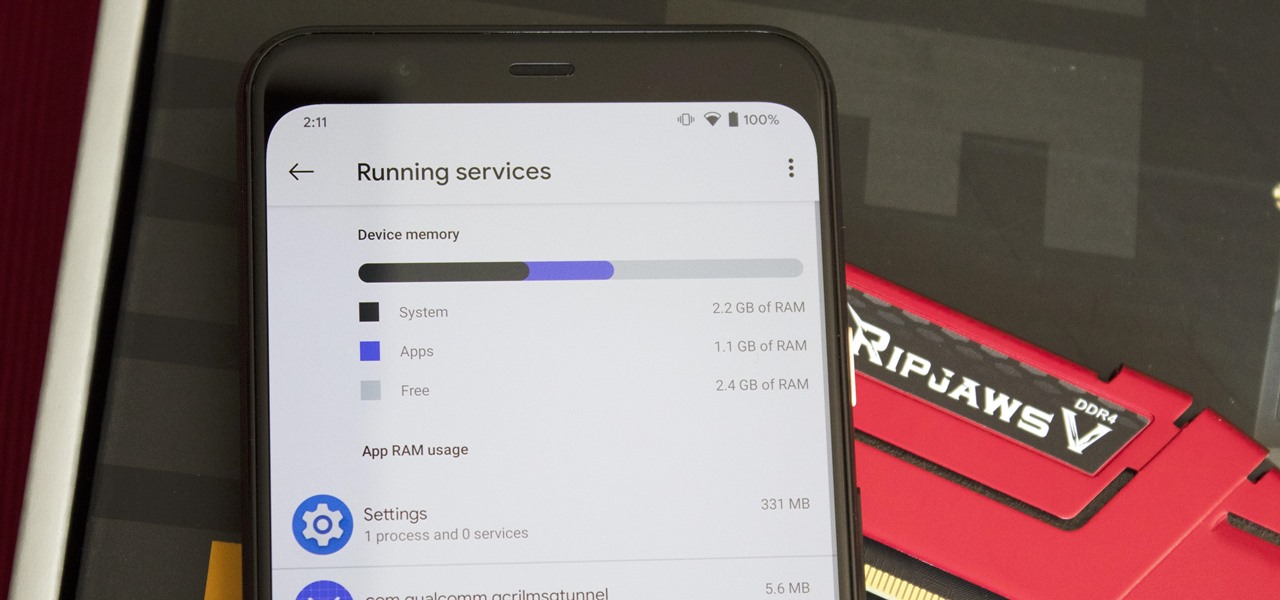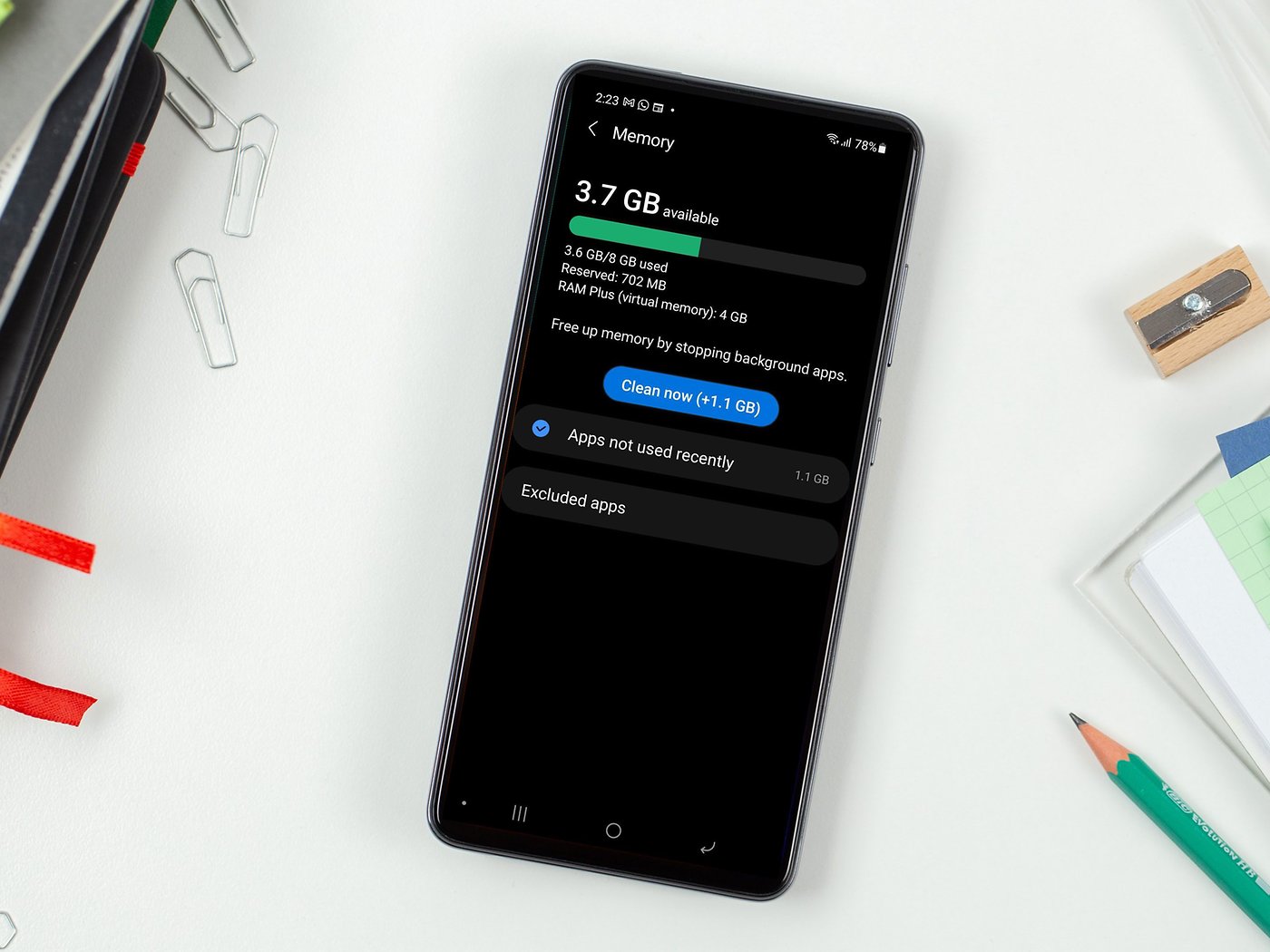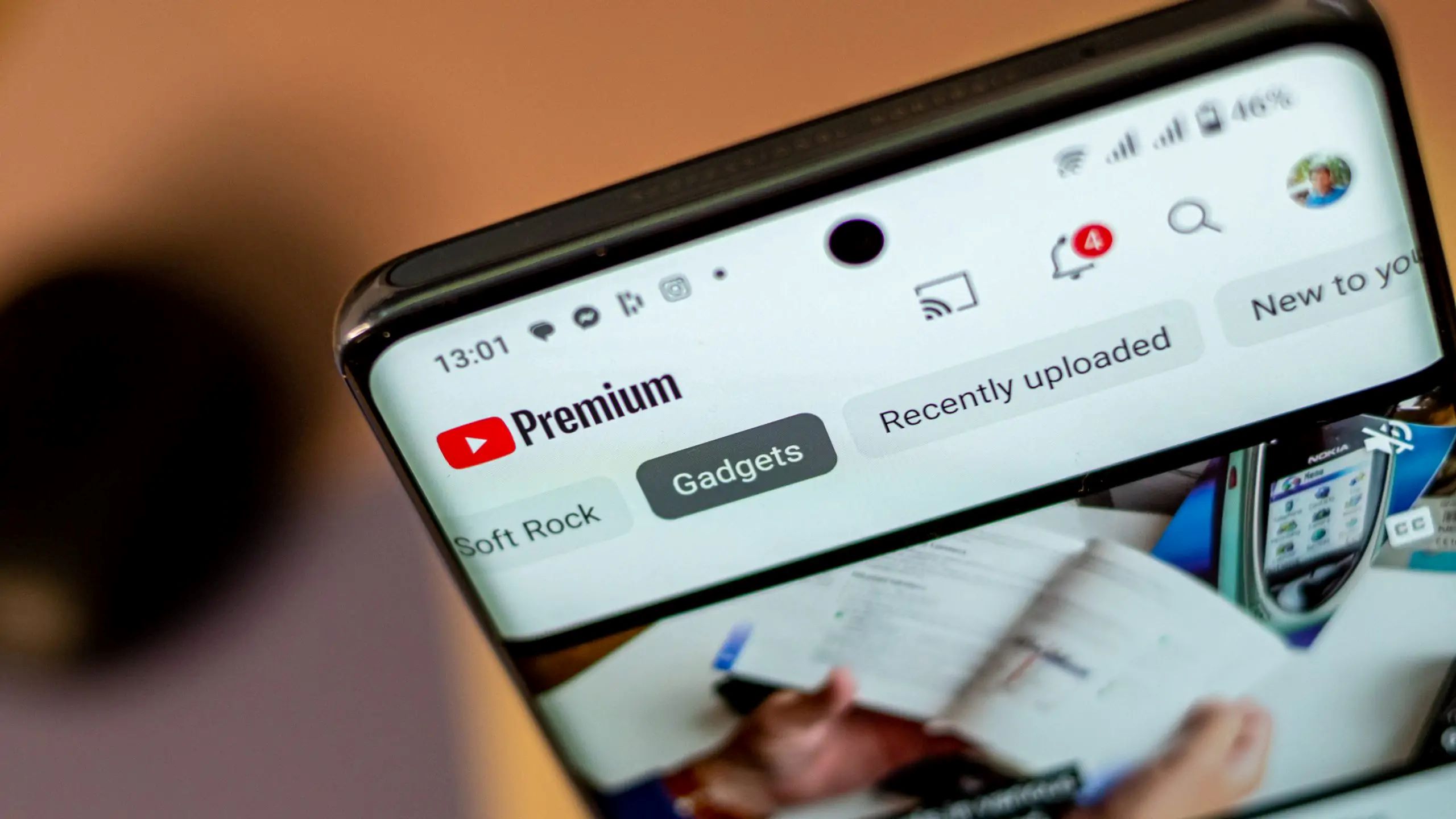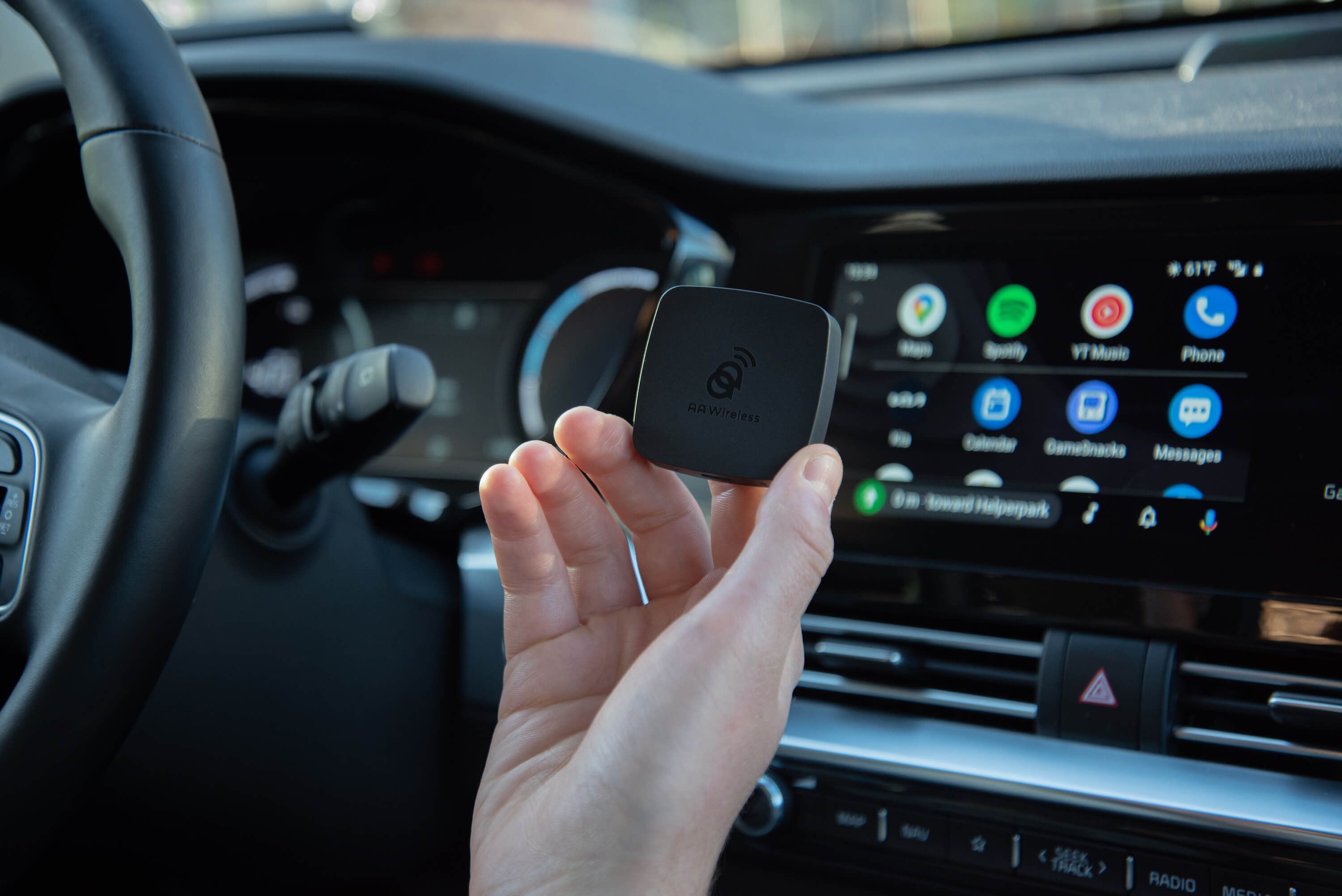Introduction
Welcome to the era of multitasking, where we can seamlessly switch between multiple applications on our Android phones. With all these apps running in the background, it’s essential to know how to check which apps are currently active. Whether you want to free up memory, monitor your device’s resources, or simply satisfy your curiosity, this guide will show you how to check running apps on your Android phone.
Knowing how to check running apps is especially helpful if you suspect an app might be slowing down your device or draining your battery. By identifying the apps that are running, you can take control of your smartphone’s performance and ensure a smooth user experience. Many Android phones offer built-in methods to view running apps, and in this article, we’ll explore various ways to access this information.
From the familiar Recent Apps screen to the powerful App Switcher, as well as the hidden gems in the Settings menu and third-party apps, there’s a method for everyone. We’ll walk you through each method step-by-step, so you can choose the one that suits you best and get a comprehensive overview of all your active apps.
So, if you’re ready to dive in and learn how to check running apps on your Android phone, let’s get started!
Method 1: Using the Recent Apps Screen
The Recent Apps screen is a convenient and straightforward way to check which apps are currently running on your Android phone. Here’s how you can access it:
- Swipe up from the bottom of your screen (or press the Recent Apps button, depending on your phone model) to open the Recent Apps screen. This will display a list of the most recently used apps on your device.
- Scroll through the list to see the apps that are currently running. You’ll notice that the apps appear as cards or thumbnails, depending on your phone’s interface.
- To close an app, swipe it off the screen either to the left or right, or tap on the “X” button that appears on the app card. This will remove the app from the list and stop it from running in the background.
The Recent Apps screen gives you a quick overview of the apps that are actively running on your device. It allows you to close individual apps that you no longer need or that might be consuming unnecessary resources.
Additionally, some Android devices offer additional features on the Recent Apps screen. For example, on certain phones, you can tap on the app window and hold it to access various options like splitting the screen or joining the app in a floating window.
Using the Recent Apps screen is a simple and effective method to check and manage running apps on your Android phone. It provides a visual representation of the apps currently in use, allowing you to easily control their activity and optimize your device’s performance.
Method 2: Using the App Switcher
The App Switcher, also known as the Task Switcher or Overview screen, is another feature available on Android phones that allows you to check running apps. Follow these steps to access the App Switcher:
- Swipe up on your screen (or press the square or recent apps button, depending on your phone model) to open the App Switcher. This will display a grid of all the apps currently running on your device.
- Scroll through the apps to view the ones that are active. Each app will be represented by a card or thumbnail, similar to the Recent Apps screen.
- To close an app, swipe it off the screen to the left or right, or tap the “X” button that appears on the app card. This will terminate the app and remove it from the running list.
The App Switcher provides a more comprehensive view of the apps running on your Android phone compared to the Recent Apps screen. It allows you to see all open apps in a grid layout, making it easier to navigate through different applications.
In addition to closing apps, some Android devices offer additional options from the App Switcher. For example, you may be able to long-press on an app card to access app-specific shortcuts or actions.
By using the App Switcher, you can have a better understanding of which apps are currently active on your device. This knowledge empowers you to manage your apps efficiently and optimize your phone’s performance.
Method 3: Using the Settings Menu
If you prefer a more detailed and comprehensive view of running apps on your Android phone, you can utilize the Settings menu. Here’s how you can access this information:
- Open the Settings app on your Android phone. You can usually find it in the app drawer or by swiping down the notification shade and tapping on the gear icon.
- Scroll down and locate the “Apps” or “Applications” option and tap on it. This will open a list of all the installed apps on your device.
- Within the Apps menu, you’ll find various tabs or sections, such as “All apps,” “Running apps,” or “Active apps.” Tap on the appropriate tab to view the apps that are currently running.
- Here, you’ll see a detailed list of running apps, including system apps and user-installed apps. You can scroll through the list to see which processes are actively running in the background.
- To close an app, select the app from the list and tap on the “Force Stop” or “Close” button. This will terminate the app and prevent it from running until you manually open it again.
Using the Settings menu to check running apps provides you with a more in-depth overview of the active processes on your Android phone. This method allows you to monitor system-level apps and make informed decisions about which apps to terminate or manage.
Additionally, within the Settings menu, you may find other useful options related to managing app permissions, clearing app caches, or controlling background data usage, allowing you to fine-tune the behavior of your installed apps.
By utilizing the Settings menu, you have more control over the running apps on your Android phone. With the ability to force stop specific apps, you can optimize your device’s performance and ensure that the resources are allocated efficiently.
Method 4: Using Third-Party Apps
If you want more advanced features and functionalities to check running apps on your Android phone, you can turn to third-party apps available on the Google Play Store. These apps offer additional tools and insights to help you monitor and manage the apps running on your device. Here’s how you can use third-party apps:
- Open the Google Play Store on your Android phone and search for “running apps” or “task manager.” You will find a variety of apps that provide different features and functionalities for monitoring running apps.
- Read user reviews and check app ratings to identify reliable and reputable apps. Look for apps with a good track record and positive feedback from users.
- Install the chosen app by tapping on the “Install” button. Once installed, open the app to access its features and set up any necessary permissions.
- Depending on the app you choose, you’ll have access to features such as real-time monitoring of running apps, detailed information about CPU and RAM usage, and the ability to optimize device performance by closing unnecessary processes.
- Explore the app’s settings and customization options to tailor it to your preferences. Some apps may offer additional features like app hibernation, which can help save battery life and improve device performance.
Third-party apps provide a more comprehensive set of tools and features to check running apps on your Android phone. They often offer detailed statistics and real-time monitoring, giving you a deeper understanding of your device’s performance and resource usage.
While using third-party apps can offer advanced functionality, it’s essential to be cautious and select apps from trusted developers. Ensure that you read reviews and permissions carefully to protect your device from malicious apps.
By using third-party apps, you can gain a more comprehensive insight into running apps on your Android phone and have greater control over their behavior. These apps can help you optimize your device’s performance, improve battery life, and manage resource allocation more efficiently.
Conclusion
Checking running apps on your Android phone is a crucial step in optimizing performance, managing resources, and ensuring a smooth user experience. Whether you use the built-in methods or third-party apps, being aware of the apps running in the background empowers you to take control of your device.
In this article, we explored various methods to check running apps on an Android phone:
- Using the Recent Apps screen, which provides a quick overview and allows you to close individual apps.
- Accessing the App Switcher, which offers a grid view of open apps for easy navigation and app termination.
- Using the Settings menu to get more detailed insights into running apps, including system-level processes.
- Exploring third-party apps, which offer advanced features like real-time monitoring and optimization options.
Each method has its own benefits, and you can choose the one that suits your preferences and requirements. Whether you prefer a simple visual representation or more in-depth information about running apps, there’s a method for everyone.
By regularly checking running apps on your Android phone, you can identify resource-intensive apps, free up memory, and improve overall device performance. Remember to close unnecessary apps, clear app caches, and optimize your device settings to ensure an efficient and smooth user experience.
Now that you have a better understanding of how to check running apps on your Android phone, take charge of your device and enjoy a seamless multitasking experience!







